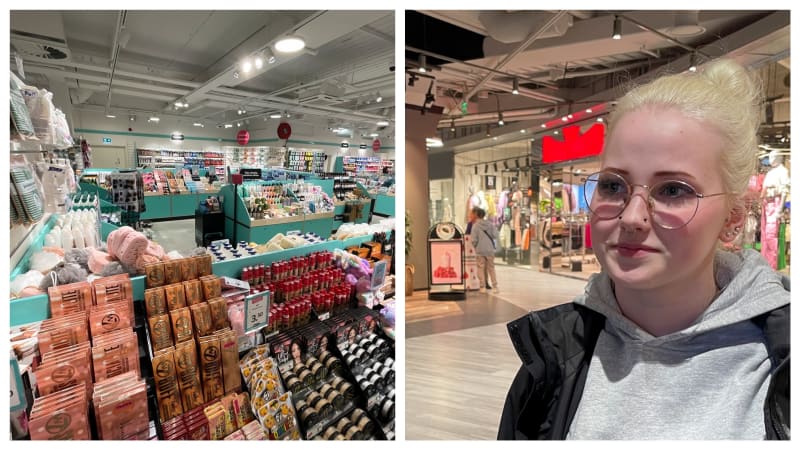
Domestic Tokmanni aims for the same market niche with its Miny brand. There is now fierce competition in the retail industry for young women’s money.
The Danish store chain Normal, which specializes in, among other things, beauty and hygiene products, arrived in Finland a little over two years ago. Now there are already almost 50 stores and new ones will be opened again in May.
Domestic Tokmanni, who is courting a young customer base with his Miny brand, is aiming for the same opportunities. The first Miny store opened last year, and now there are four. In addition, there is a separate Miny department within the nearly thirty Tokmanns.
– Many times a hundred have been put in there.
What makes people excited about these shops that sell cheap stuff?
The stores smelled a niche market
Normal has opened its stores in city centers and shopping centers. There are enough potential customers in those places who can be enticed to visit on a whim.
Both Miny and Normal’s main target group is young women. Why is the company especially interested in young customers, who usually don’t have much money to spend yet? Pöyry sees several reasons for this.
– Young people living at home still have an influence on their household’s purchasing decisions. Young people are also a pioneering group. Fashion phenomena often start among young people. And even if middle-aged people have a lot of money, they like to sit on their money, while young people are willing to spend even their little money.
Cheapness interests me
Cheap prices seem to be the spearhead of Normal and Miny. The chains sell so many products in their stores that they are able to negotiate cheaper prices from the producers of the goods.
Henna Karjalainen is excited about Normal’s products because money is tight for students.
– Everyone there is interested when you can get it cheap.
– You can describe yourself with the soap or shampoo brand you choose. We go to a physical store with friends and think together about what we would like to buy, continues Pöyry of the Consumer Research Center.
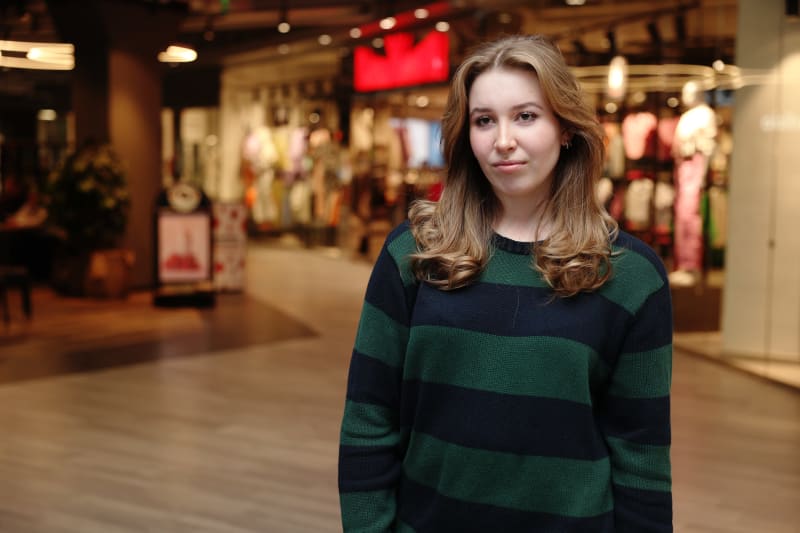
– Conceptualization involves thinking about both the products and the stage for those products, which is the store.
Social media raises the hype
Pöyry considers it a new phenomenon that the chain does not also advertise in newspapers, radio or television. However, he thinks that the still quite rare alignment has been one of the reasons for the hype around Normal.
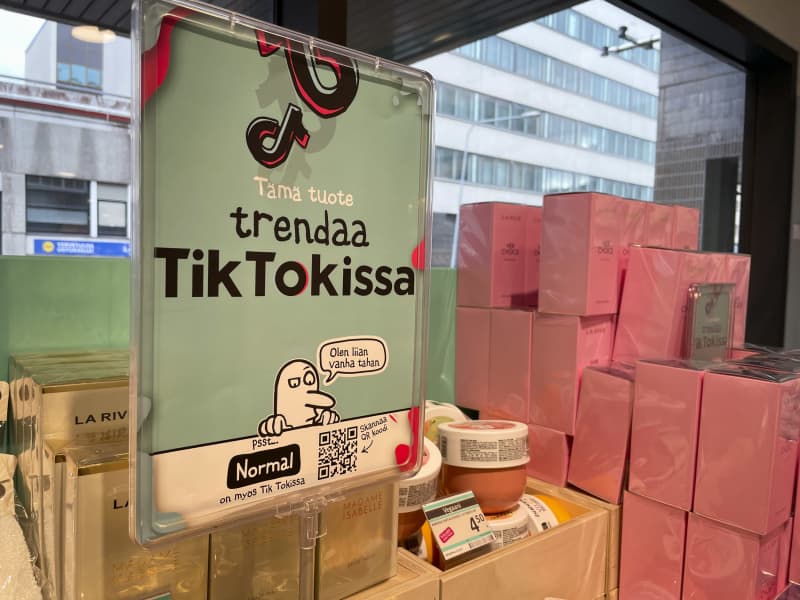
So far, social media has played pretty well into Normal’s bag. However, Country Director Valli admits that it is impossible to control social media conversations.
The company tries to react quickly to, for example, reports of bad experiences.
– Many people are on social media under their name, so we can communicate with the customer directly through that. We can deal with things that happened on anonymous forums, such as Jodel, internally.
Valli describes Tiktok as the wild west, where trends pop up quickly. The company’s employees have also helped the marketing department stay on top of what’s happening on social media.
Miny enters the social media game a bit behind, but social media interests them too. The biggest challenge is how to stand out on social media, where there is unlimited content.
– In social media, the content is interactive. From there, you can constantly get feedback on what works. For us, it’s as much intelligence as communication, describes Tokmannin Ääri.
The store attracts impulse purchases
Normal and Miny try to get people to impulse buy because it increases sales.
– The basis of the bargain store is that you get flower soil from the store, and then you have to buy other things as well, Tokmanni’s Ääri says.
Normal’s country manager Johanna Valli estimates that around 20 percent of Normal’s sales in Finland are impulse purchases.
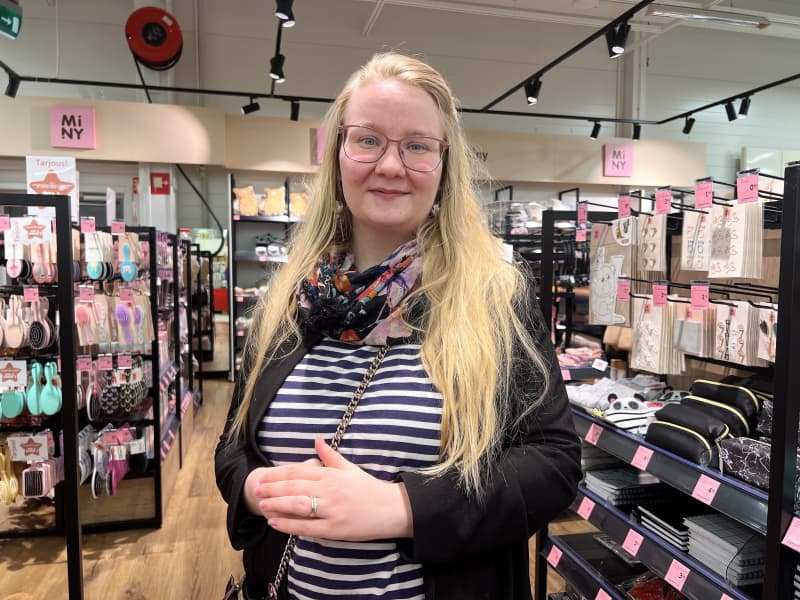
Professor Heinonen says that fishing for impulse purchases can be seen, for example, in the placement of products in the store.
Right by the doors there are new or popular items and even by the cash registers there are small products that are easy to grab.
Pöyry says that in the end, people can’t always tell themselves whether a purchase was an impulse purchase.
– Consumers always have a habit of explaining their purchases in such a way that I do need this.
Environmental concern does not hold back growth
There has been a lot of talk about young people’s environmental concern, but environmental concern has clearly not stopped the attractiveness of cheap products.
– It is a false belief that cheap is always irresponsible and expensive is responsible. Those who sell cheap must be resource efficient, money must not be wasted, Tokmanni’s Ääri says.
Consumer researcher Pöyry reminds that environmental concerns ultimately do not affect nearly all young people. There are many pro-consumer young people in Finland who are interested in buying things.
In the end, everyone has to define for themselves what is pointless. Even if the product was bought as an impulse purchase, it can be useful, Pöyry states.
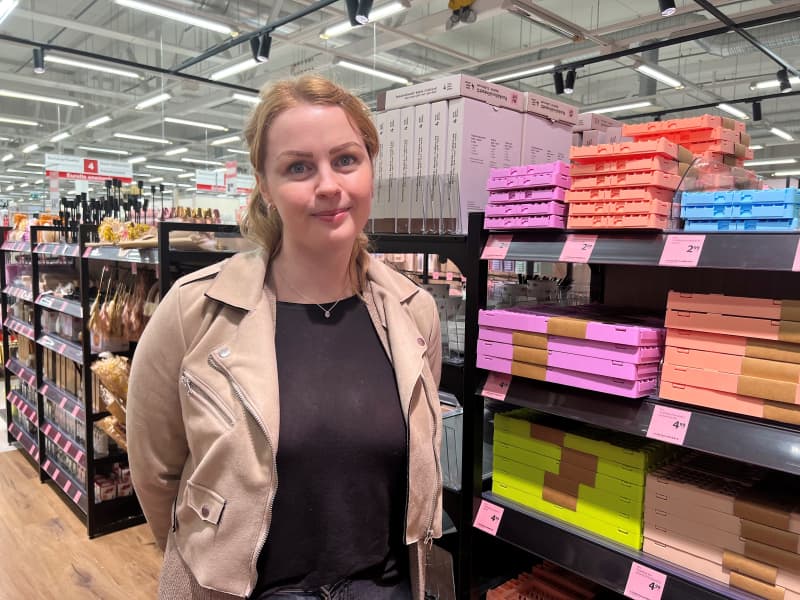
What about Normal’s butt masks? Can Normal’s country manager Valli admit that they are pointless?
– They are Normal’s DNA. We want to bring a smile to the customer’s face. They are unique, you can’t get them anywhere else. We also want to bring something new and fun to the market. A lot of them are bought as gifts. If we didn’t buy masks, we would buy something else. Cheap products inspire.
*Do the cheap prices make you grab impulse purchases or are you careful about what you put in your shopping cart? You can discuss the topic until Wednesday 3.5. until 11 p.m.*
